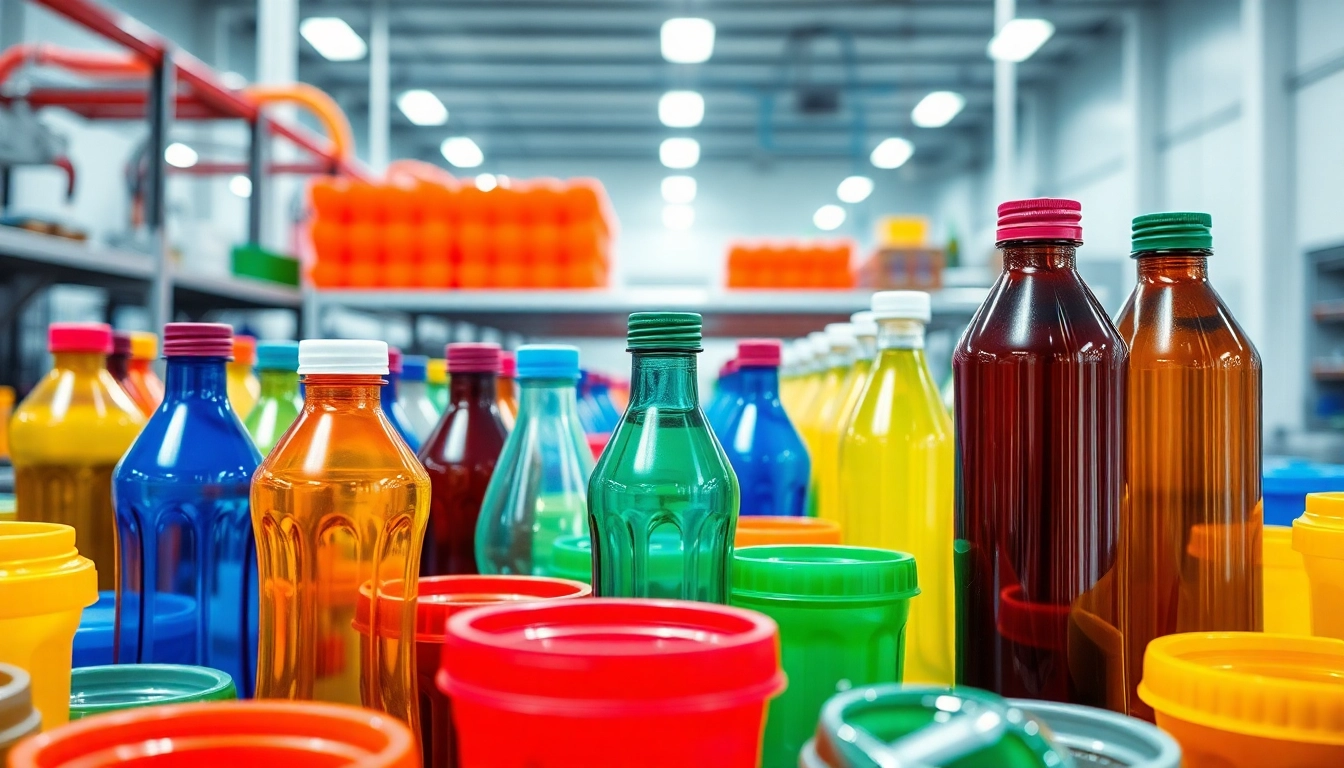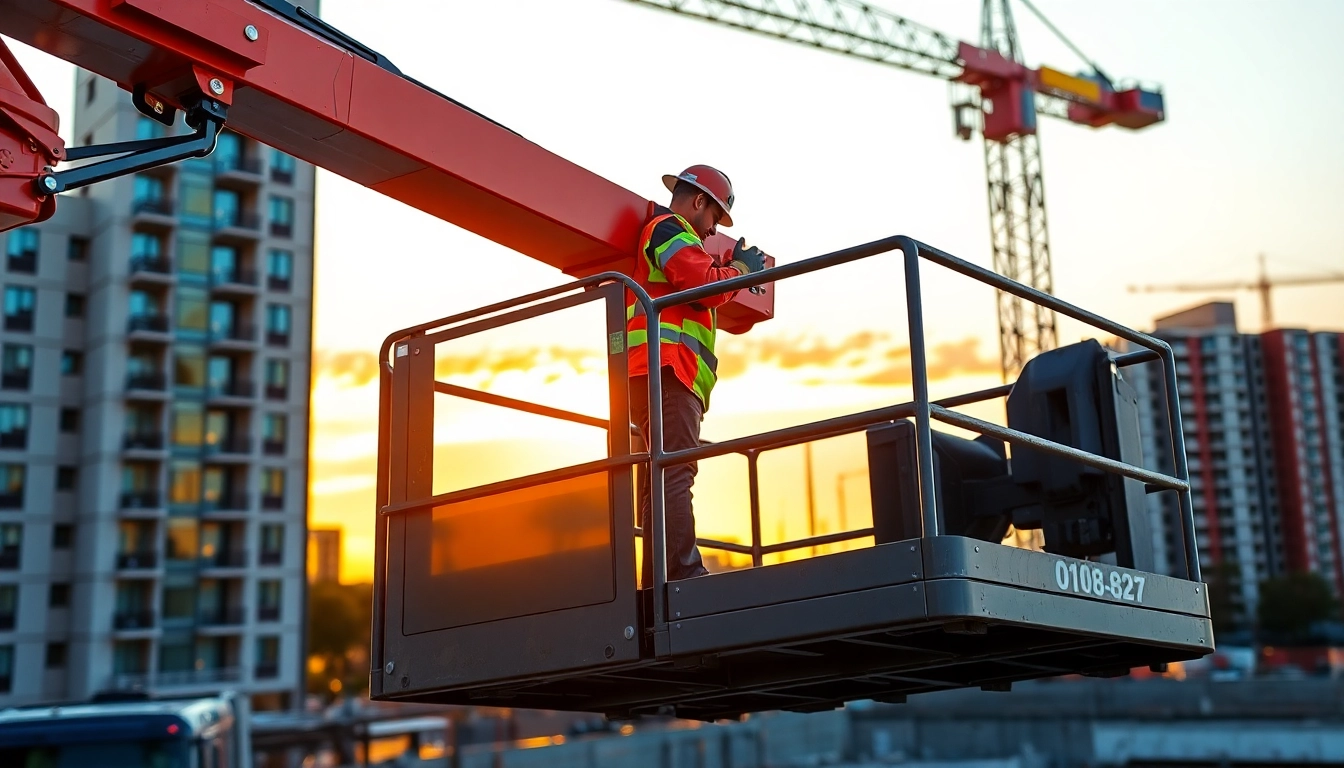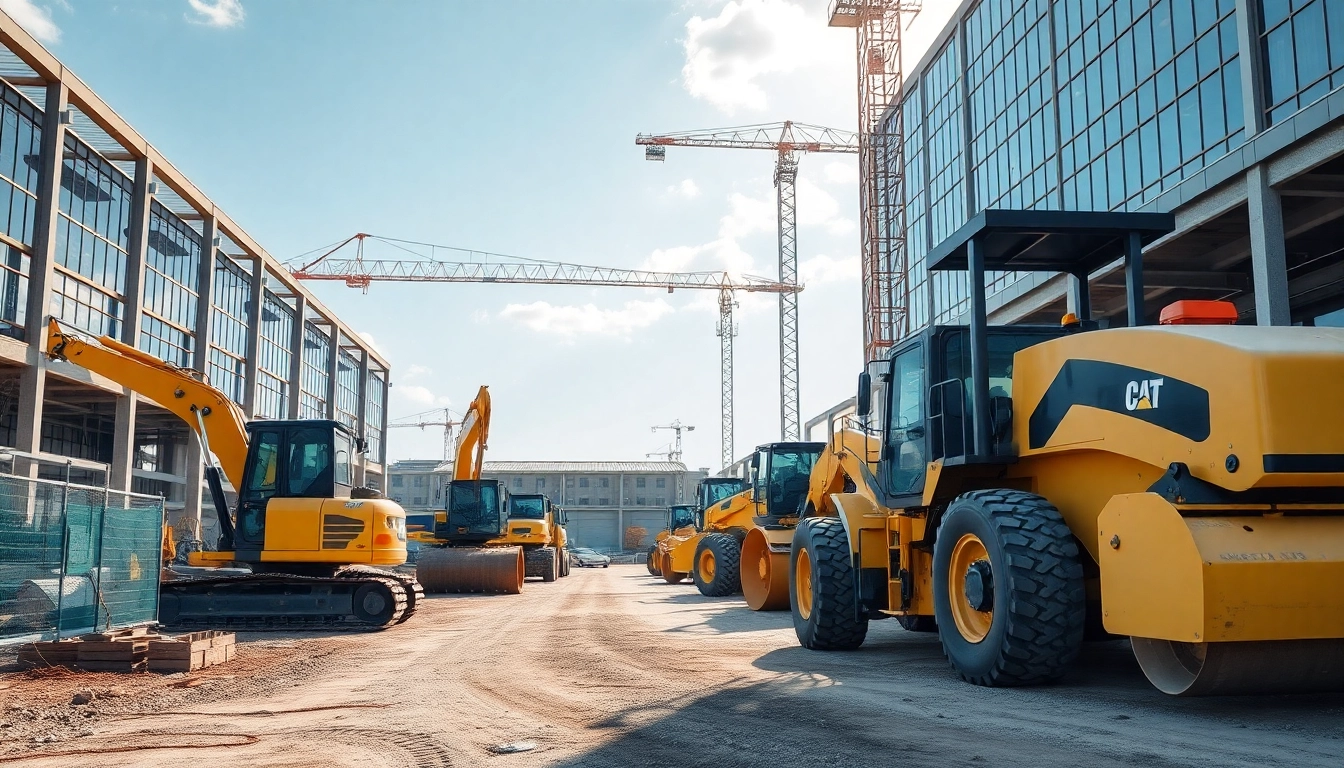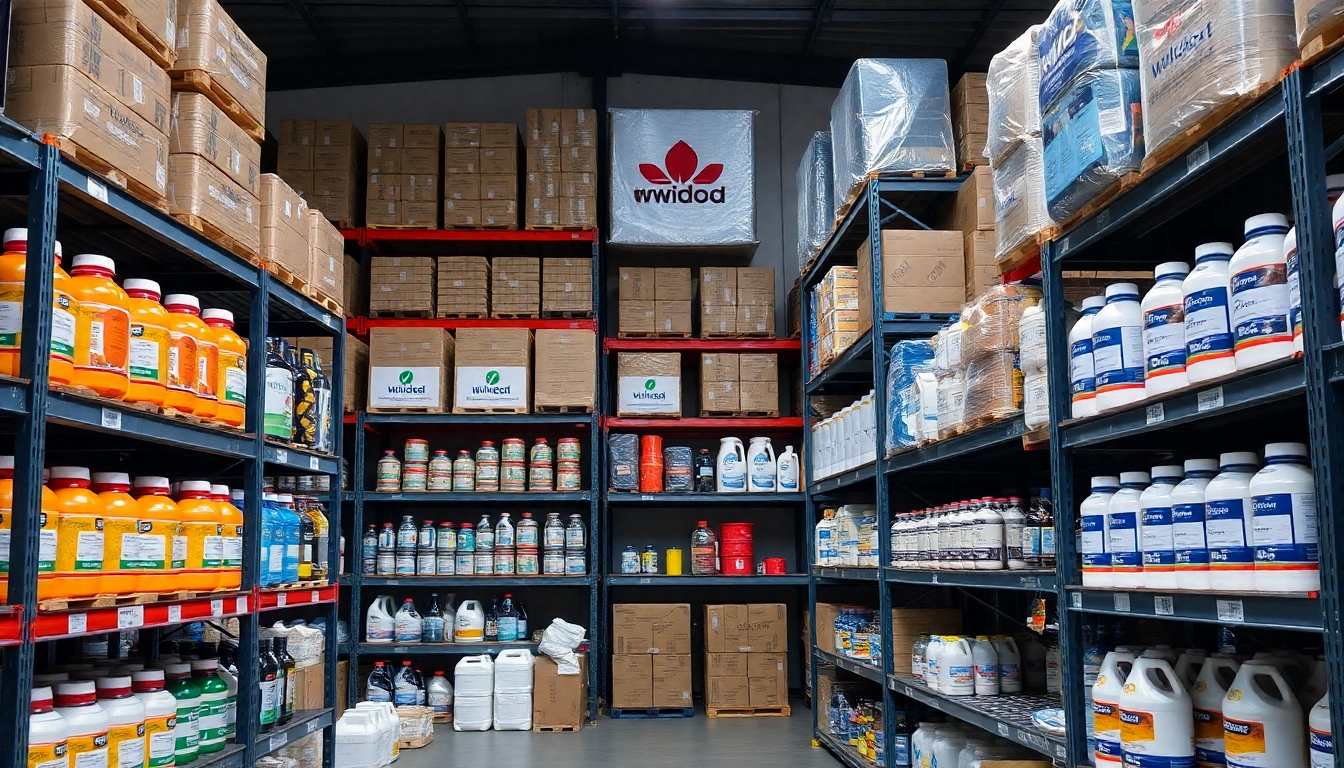Understanding Pet Sise: Materials and Manufacturing Processes
Pet sise, commonly known as PET bottles, are an integral part of the packaging industry, especially in the beverage and food sectors. These plastic containers are favored for their lightweight, durability, and recyclability. The core material used in the production of pet sise is Polyethylene Terephthalate (PET), a versatile thermoplastic polymer that offers excellent clarity, chemical resistance, and mechanical strength.
Manufacturing pet sise involves several precise processes, primarily Injection Blow Molding and Stretch Blow Molding. The latter is the most prevalent method, where PET preforms are first molded into a blank shape and then stretched and blown into the final bottle form within a mold. This technique ensures uniform wall thickness, strength, and clarity, making the bottles suitable for a wide range of applications.
To explore detailed insights into the composition and production, visit our pet şişe manufacturing overview, which elaborates on the materials and processes used in modern production lines.
Types and Sizes of Pet Sise for Different Needs
Popular pet sise models in the beverage industry
The beverage industry predominantly favors standard pet sise sizes such as 500 ml, 1 liter, and 1.5 liters, optimized for convenience and consumer preference. Innovative shapes like the pet elmas (diamond-shaped) and kubbeli (bulged) bottles enhance aesthetic appeal and brand recognition. For instance, water companies often prefer 500 ml and 1-liter PET bottles due to their portability and volume efficiency.
Custom and bulk pet sise options for industrial use
Industries requiring large volume storage or specialized packaging often opt for bulk pet sise like 5-liter bottles or custom molds tailored to specific needs. These are typically produced in high-volume manufacturing facilities with capabilities to customize dimensions, caps, and labels, ensuring brand differentiation and functional requirements are met effectively.
Choosing the right pet sise size for your business
Selecting an appropriate size depends on several factors including target audience, distribution channels, and shelf space. For example, convenience stores benefit from smaller, single-serving bottles, while bulk consumer products may prioritize larger sizes for savings and reduced waste. Analyzing consumer consumption patterns and logistical constraints is crucial for optimal selection.
Benefits of Using Pet Sise in Packaging
Lightweight and durable features
One of the standout advantages of pet sise is their lightweight nature, which significantly reduces transportation costs and carbon footprint. Despite being lightweight, they maintain high durability, resisting impacts during handling and transportation, thus minimizing breakage and product loss.
Recyclability and eco-friendly advantages
Pet sise are highly recyclable, with a well-established collection and reuse infrastructure. They are classified under recycling code 1, facilitating their reprocessing into fibers, new bottles, or other plastic products. Embracing this recyclability not only aligns with sustainability goals but also enhances corporate social responsibility credentials.
Cost efficiency and logistical benefits
The affordability of pet sise, combined with their lightweight character, makes them cost-effective for manufacturers and retailers. Their standardized shapes also streamline production, filling, and storage processes, contributing to overall supply chain efficiency.
Innovations and Future Trends in Pet Sise Manufacturing
Smart and biodegradable pet sises
Emerging research focuses on integrating smart technology within pet sise—such as RFID tags for tracking and freshness indicators. Additionally, biodegradable alternatives are being developed using bio-based PET or compostable plastics, aiming to reduce environmental impact.
Technological advancements in production
Automated manufacturing lines utilizing IoT, AI, and robotics optimize molding precision, energy consumption, and waste reduction. Micro-blowing and thin-wall technology are also enabling even lighter bottles without compromising strength.
Market growth and consumer preferences
Global demand for sustainable packaging solutions continues to rise, driven by consumer awareness and regulatory policies. The market is witnessing an increased shift toward eco-friendly pet sises, prompting manufacturers to innovate with new materials and design concepts.
How to Source and Purchase Quality Pet Sise
Trusted suppliers and industry standards
Partnering with reputable manufacturers like Kayaoglu Plastik or Oba Plastik ensures the production of high-quality pet sises that meet international safety and quality standards. Certification from authorities such as ISO or ASTM indicates compliance with industry benchmarks.
Tips for bulk ordering and price optimization
Bulk purchasing typically yields better pricing; negotiating with suppliers based on volume commitments can significantly reduce costs. Establishing long-term relationships with key suppliers also ensures priority access and consistent quality.
Ensuring product safety and compliance
Verifying that pet sises conform to chemical safety standards (e.g., BPA-free) and proper labeling enhances consumer trust. Regular audits and sampling during production verify compliance and safeguard brand reputation.



